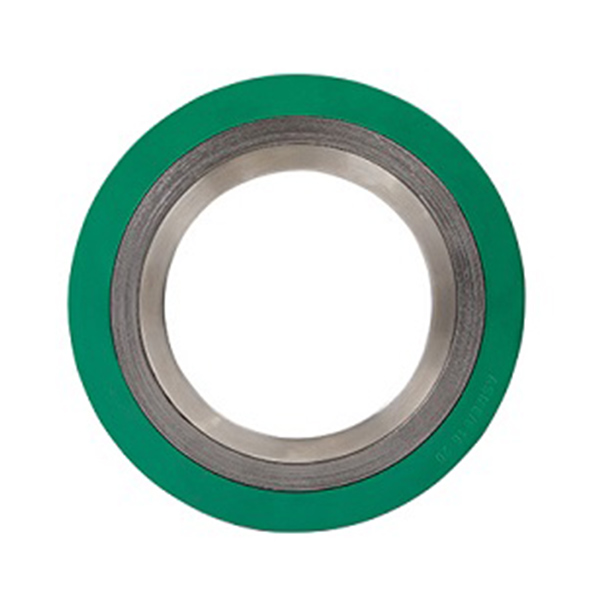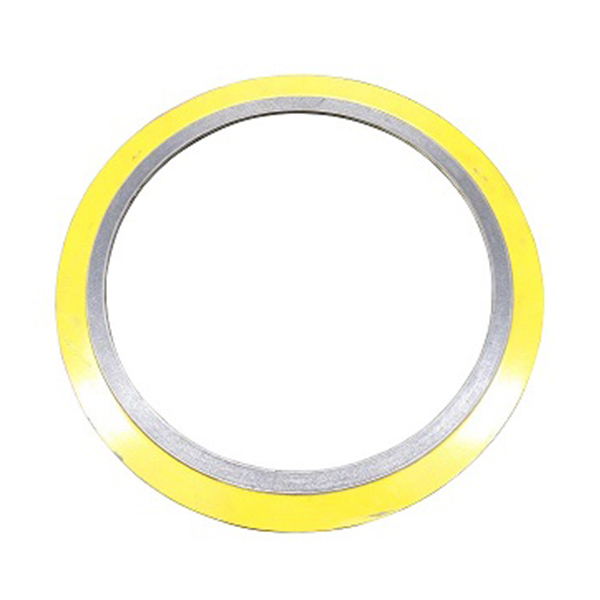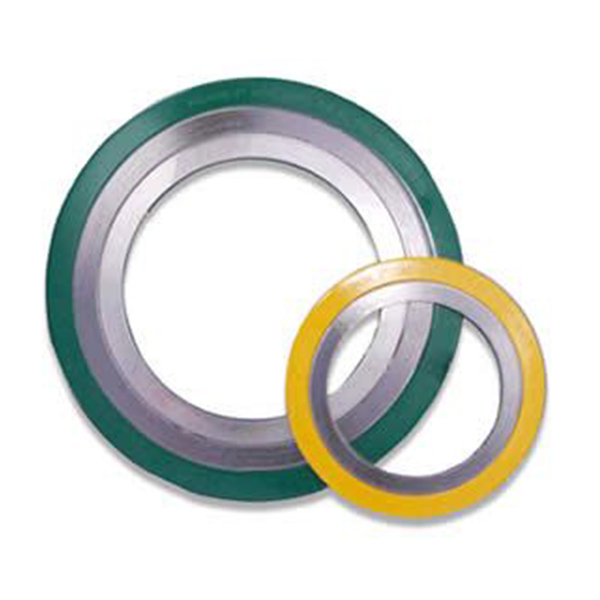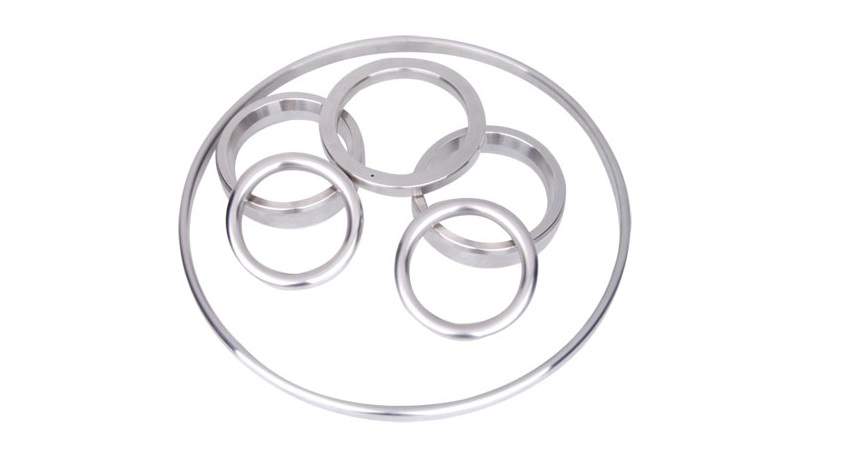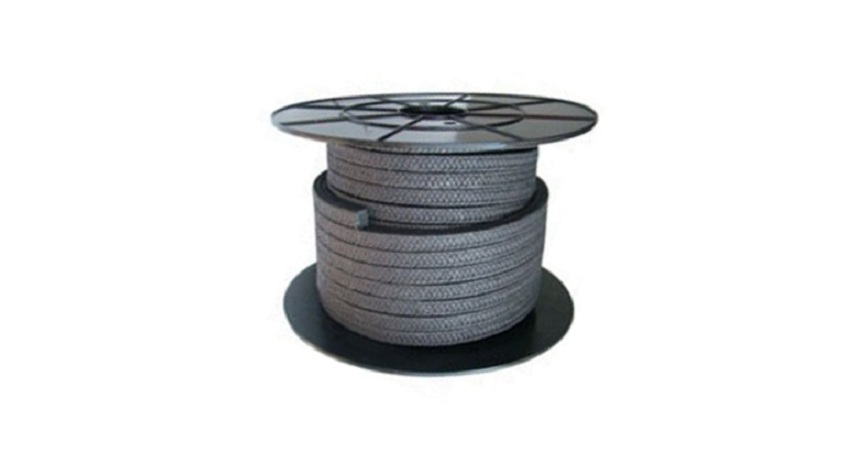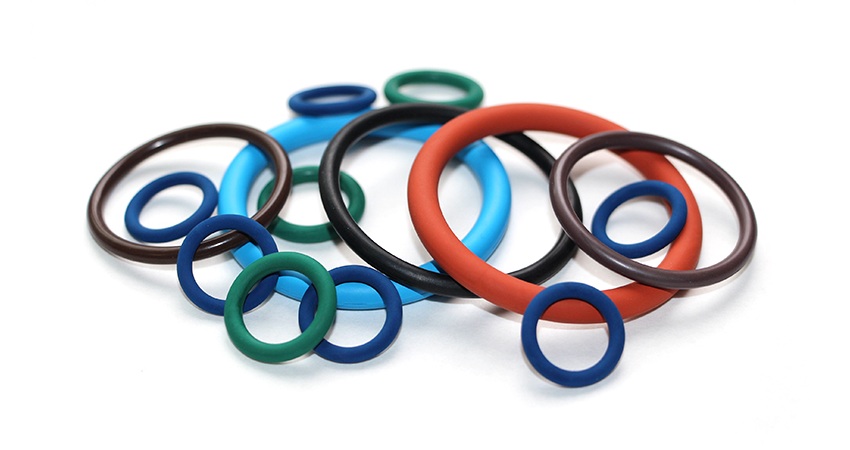Copper Gaskets Manufacturers in China
What Are Copper Gaskets?
Copper gaskets are sealing components used in various industrial applications to prevent leaks of fluids or gases under high pressure and temperature conditions. They are made from high-purity copper materials, known for their excellent thermal conductivity, malleability, and corrosion resistance. These gaskets are essential in engines, pipelines, and machinery where reliability is critical.
Key Parameters of Copper Gaskets
Understanding the specifications of copper gaskets helps in selecting the right product for your needs. Below are the detailed parameters presented in lists and tables for clarity.
Material Properties
- Material Type: High-purity copper (e.g., C10100, C11000)
- Density: Approximately 8.96 g/cm³
- Melting Point: 1085°C (1985°F)
- Thermal Conductivity: 401 W/m·K
- Electrical Conductivity: 100% IACS (International Annealed Copper Standard)
- Hardness: 40-100 HV (Vickers Hardness) depending on temper
- Corrosion Resistance: Excellent against most chemicals and atmospheric conditions
Standard Sizes and Dimensions
| Inner Diameter (mm) | Outer Diameter (mm) | Thickness (mm) | Common Applications |
|---|---|---|---|
| 10 | 20 | 1.5 | Small engines, hydraulic systems |
| 25 | 40 | 2.0 | Automotive cylinder heads |
| 50 | 70 | 3.0 | Industrial piping, flanges |
| 100 | 130 | 5.0 | Large machinery, high-pressure systems |
Performance Specifications
| Parameter | Value Range | Testing Standard |
|---|---|---|
| Maximum Temperature | Up to 400°C (752°F) | ASTM B152 |
| Pressure Resistance | Up to 1000 psi (pounds per square inch) | ASME B16.20 |
| Tensile Strength | 200-300 MPa | ASTM E8 |
| Compression Set | Less than 10% | ASTM F36 |
Applications of Copper Gaskets
Copper gaskets are widely used in industries such as automotive, aerospace, oil and gas, and manufacturing. They are ideal for sealing joints in engines, exhaust systems, heat exchangers, and fluid transfer systems due to their ability to withstand extreme conditions.
FAQs About Copper Gaskets
What are the advantages of using copper gaskets over other materials?
Copper gaskets offer superior thermal conductivity, excellent malleability for tight seals, and high resistance to corrosion and oxidation, making them suitable for high-temperature and high-pressure applications where other materials might fail.
How do I choose the right thickness for a copper gasket?
The thickness depends on the application's pressure and temperature requirements. Thicker gaskets (e.g., 3-5 mm) are used for higher pressures, while thinner ones (e.g., 1-2 mm) suffice for lower pressures. Always refer to engineering specifications or consult with a professional.
Can copper gaskets be reused?
Generally, copper gaskets are not recommended for reuse because they deform under compression to create a seal. Reusing them can lead to leaks due to loss of integrity. It is best practice to replace them during maintenance.
What maintenance is required for copper gaskets?
Copper gaskets require minimal maintenance but should be inspected regularly for signs of wear, corrosion, or deformation. Ensure proper installation with even torque to avoid uneven compression, which can cause failures.
Are copper gaskets suitable for food or medical applications?
Yes, copper gaskets can be used in food and medical industries if they meet specific purity standards (e.g., FDA guidelines) and are properly sanitized. However, alternative materials like silicone might be preferred in some cases due to biocompatibility considerations.
How are copper gaskets manufactured?
They are typically manufactured through processes like stamping, laser cutting, or waterjet cutting from copper sheets. The material is often annealed to enhance malleability and then formed into precise shapes based on customer specifications.
What is the typical lifespan of a copper gasket?
The lifespan varies based on application conditions but generally ranges from 5 to 15 years. Factors like temperature cycles, pressure fluctuations, and environmental exposure can affect durability. Regular inspections help ensure longevity.
Do copper gaskets require any special installation techniques?
Yes, installation should follow manufacturer guidelines, including cleaning mating surfaces, applying even torque during bolting, and using sealants if specified. Improper installation can lead to leaks and reduced performance.
- View as



